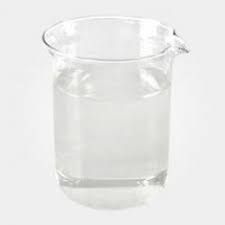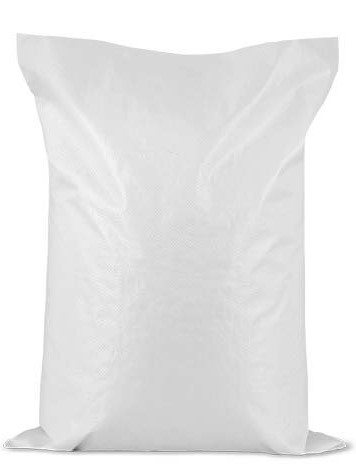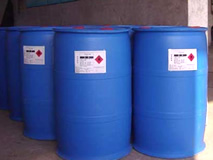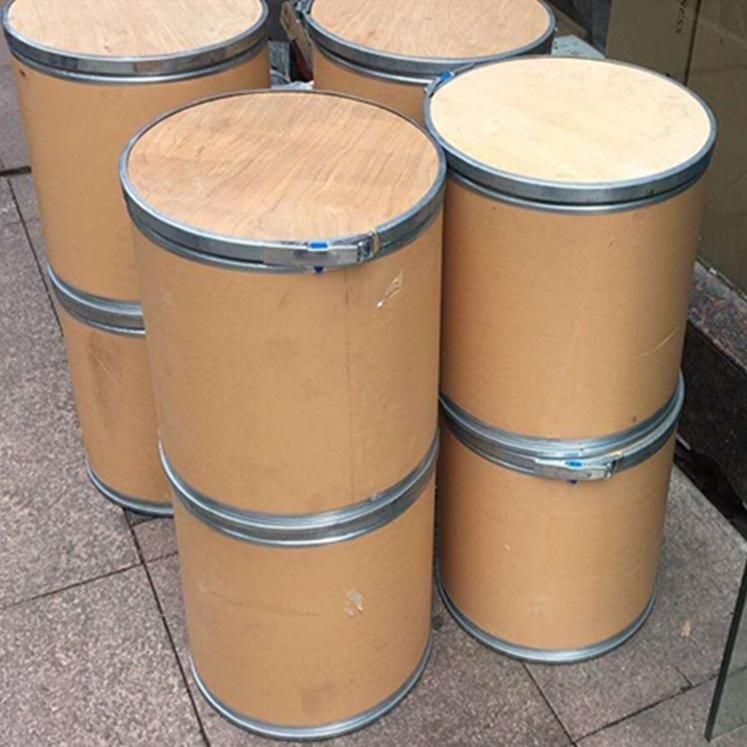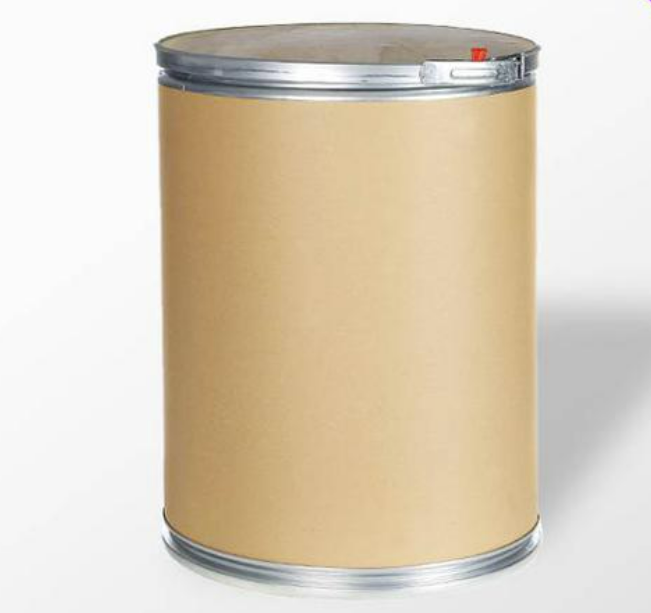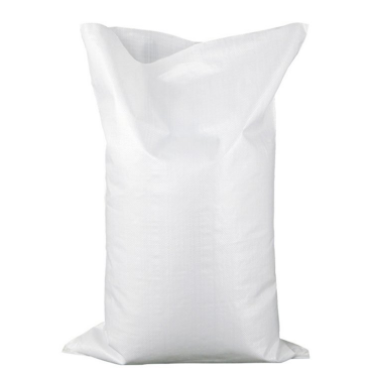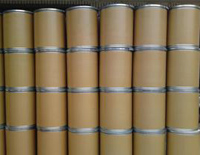Intermediates
Cationic Dyes
Pigment Black
Sulfur Dyes
Ingrain Dyes
Others
Pigment Orange
Solvent Dyes
Pigment
Vat Dyes
Dye Intermediates
Pigment Brown
Dyestuff
Pigment Violet
Dispersive Dyes
Other Dyes
Pigment Red
Pigment Yellow
Metallic Pigment
Pigment White
Reactive Dyes
Acid Dyes
Direct Dyes
Pigment Green
Basic Dyes
Nitrogen Compounds
Pigment Blue
Pearlescent Pigment
CAS:445-03-4
Molecular Formula:C7H5ClF3N
Alias
More Information
4-Chloro-2-(Trifluoromethyl)Aniline; Benzenamine, 4-Chloro-2-(Trifluoromethyl)-; 4-Chloro-2-Trifluoromethylaniline; 2-Amino-5-Chloro-Trifluorotoluene; 2-Amino-5-Chlorobenzo Trifluoride; 5-Chloro-2-Aminobenzotrifluoride; 2-Trifluoromethyl-4-Chloroaniline; 2-Trifluoromethyl-4-Chloro-Aniline; 4-Chloro-Alpha,Alpha,Alpha-Trifluoro-O-Toluidine; 4-Chloro-2-Trifluoromethyl-Phenylamine; 5-Chloro-2-Aminotrifluoromethyl Benzene; O-Toluidine, 4-Chloro-.Alpha.,.Alpha.,.Alpha.-Trifluoro-; 4-Chloro-2-(Trifluoromethyl)Phenylamine
Brief Introduction
This product is mainly used for dyeing and printing of cotton cloth, and also for dyeing viscose fiber.
Suppliers
View More Vendors (2) >
CAS:445-29-4
Molecular Formula:C7H5FO2
Alias
More Information
O-Fluorobenzoic Acid; Benzoic Acid, 2-Fluoro-; Fluorobenzoic Acid
Brief Introduction
The intermediate of dye and pesticide is the raw material of chlorpromazine and Kangyanling.
Suppliers
View More Vendors (2) >
CAS:446-52-6
Molecular Formula:C7H5FO
Alias
More Information
Benzaldehyde,2-Fluoro; 2-Fluoro-Benzaldehyde; 2-Fluorobenzaldehyde; Benzaldehyde, 2-Fluoro-; O-Fluorobenzaldehyde; Benzaldehyde,O-Fluoro; 2-Fluor-Benzaldehyd; Ortho-Fluorobenzaldehyde; Fluoro-Benzaldehyde; 2-Fluoro-Benzaldehyd; Benzaldehyde, O-Fluoro-; Fluorobenzaldehyde1; Fluorobenzaldehydemincolorlessliq
Brief Introduction
2-Fluorobenzaldehyde is an important intermediate in organic synthesis. It is widely used in medicine, dyes, pesticides and so on. In medicine, it can be used for the synthesis of a variety of drugs, such as antihypertensive drugs, antipyretic, analgesic and anti-inflammatory drugs, anticancer drugs, muscle relaxants and so on. In the synthesis of dyes, the new dyes synthesized from them have excellent properties such as bright luster, light resistance, water resistance and organic solvents; In pesticide production, compared with traditional pesticides, the pesticides synthesized from them have the characteristics of high biological activity, long-lasting efficacy and less side effects.
Suppliers
View More Vendors (2) >
CAS:475-71-8
Molecular Formula:C28H12N2O2
Alias
More Information
Benzo[H]Benzo[5,6]Acridino[2,1,9,8-Klmna]Acridine-8,16-Dione; Flavanthrone; Benzo[H]Benz[5,6]Acridino[2,1,9,8-Klmna]Acridine-8,16-Dione; Benzo(H)Benzo(5,6)Acridino(2,1,9,8-Klmna)Acridine-8,16-Dione(C.I. 70600); Indanthrene Yellow G (C.I. 70600); Pigment Yellow 24; C.I.Vatyellow1; Vatyellowg; Vat Yellow 1; Vat Yellow G(Super Fine Powder); Flavantfrone Y-G (Pigment Yellow 24)
Brief Introduction
VAT yellow G is mainly used for dyeing and printing of cotton, vitamin and vitamin / cotton, polyester / cotton. It has good affinity for cotton fiber and good levelness. Because it is difficult to oxidize, it is oxidized with hydrogen peroxide or sodium perborate to get a bright color. It is also used in the manufacture of organic pigments.
Suppliers
View More Vendors (2) >
CAS:496-72-0
Molecular Formula:C7H10N2
Alias
More Information
1,2-Benzenediamine, 4-Methyl-; 3,4-Toluenediamine; Tolylene-3,4-Diamine; 4-Methylbenzene-1,2-Diamine; 1,2-Benzenediamine,-Methyl-; 1,2-Diamino-4-Ethylbenzene; 1,2-Diamino-4-Methylbenzene; 2-Amino-4-Methylphenylamine; 4-Methyl-1,2-Phenylenediamine; 4-Methyl-1,2-Benzenediamine; 4-Methyl-Benzene-1,2-Diamine; 4-Methyl-O-Phenyldiamine
Brief Introduction
Dye intermediates. It is used to produce disperse fluorescent yellow. Used as dye and organic synthesis intermediate
Suppliers
View More Vendors (2) >
Inquiry (
10
/ 10
)
Clear All
Sign In
Error!

